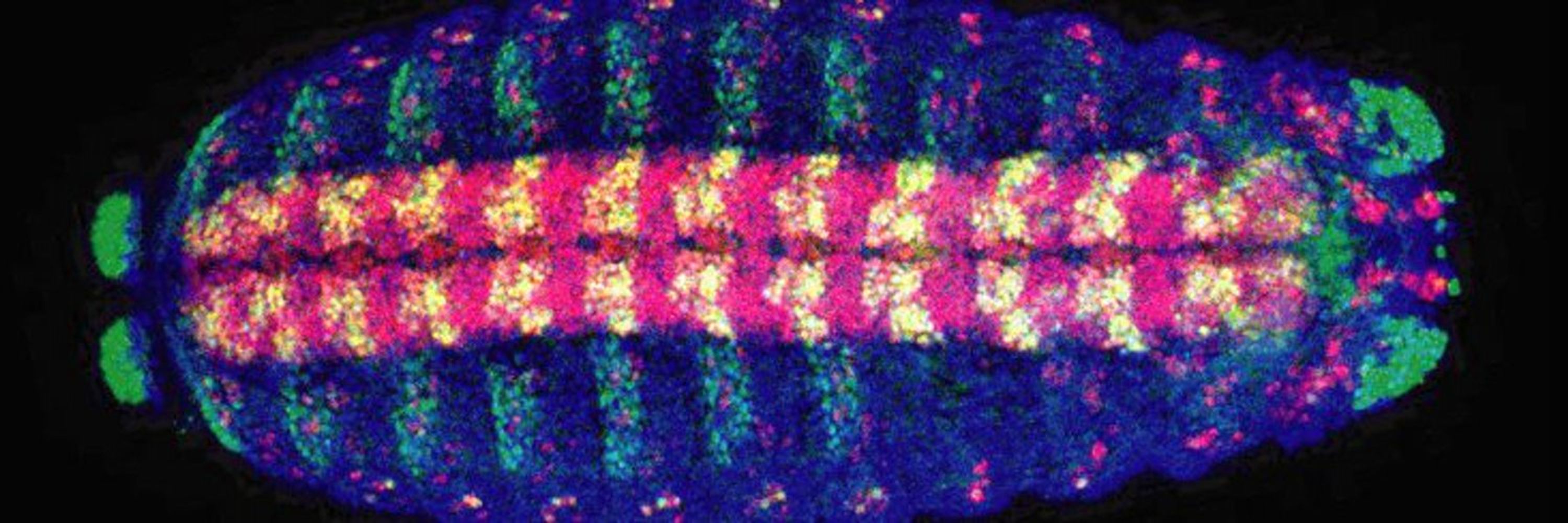International Society of Developmental Biology
@isdb.bsky.social
1.8K followers
520 following
39 posts
ISDB is a non-profit scientific association that promotes the study of developmental biology
Posts
Media
Videos
Starter Packs
Pinned
Reposted by International Society of Developmental Biology
Reposted by International Society of Developmental Biology
Reposted by International Society of Developmental Biology
Reposted by International Society of Developmental Biology
Reposted by International Society of Developmental Biology
Reposted by International Society of Developmental Biology
Reposted by International Society of Developmental Biology
Reposted by International Society of Developmental Biology
Reposted by International Society of Developmental Biology
Reposted by International Society of Developmental Biology
Reposted by International Society of Developmental Biology
Reposted by International Society of Developmental Biology
Reposted by International Society of Developmental Biology
Reposted by International Society of Developmental Biology
Reposted by International Society of Developmental Biology
Reposted by International Society of Developmental Biology
Reposted by International Society of Developmental Biology
Reposted by International Society of Developmental Biology
Reposted by International Society of Developmental Biology
Reposted by International Society of Developmental Biology
Reposted by International Society of Developmental Biology
Reposted by International Society of Developmental Biology





















